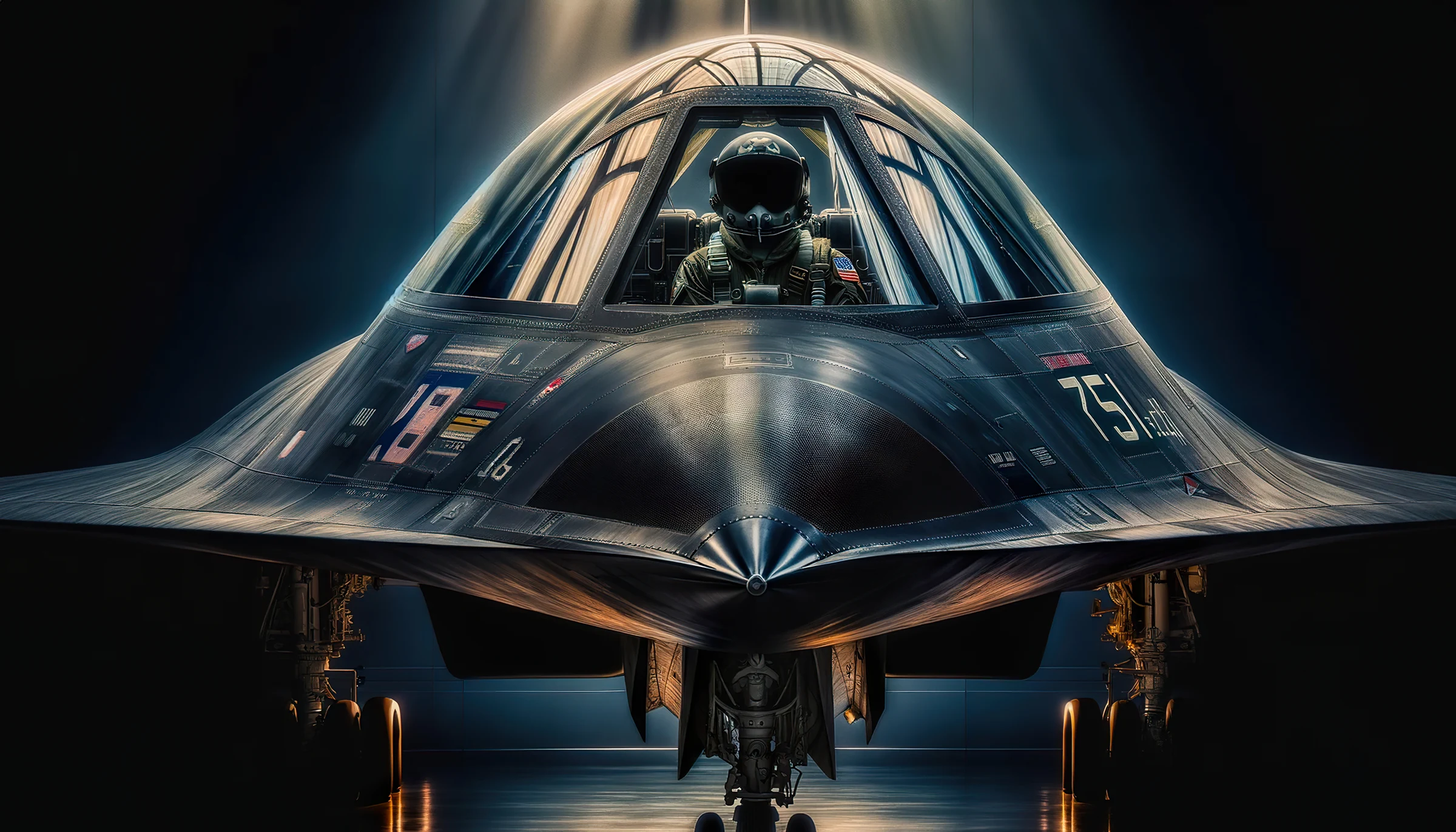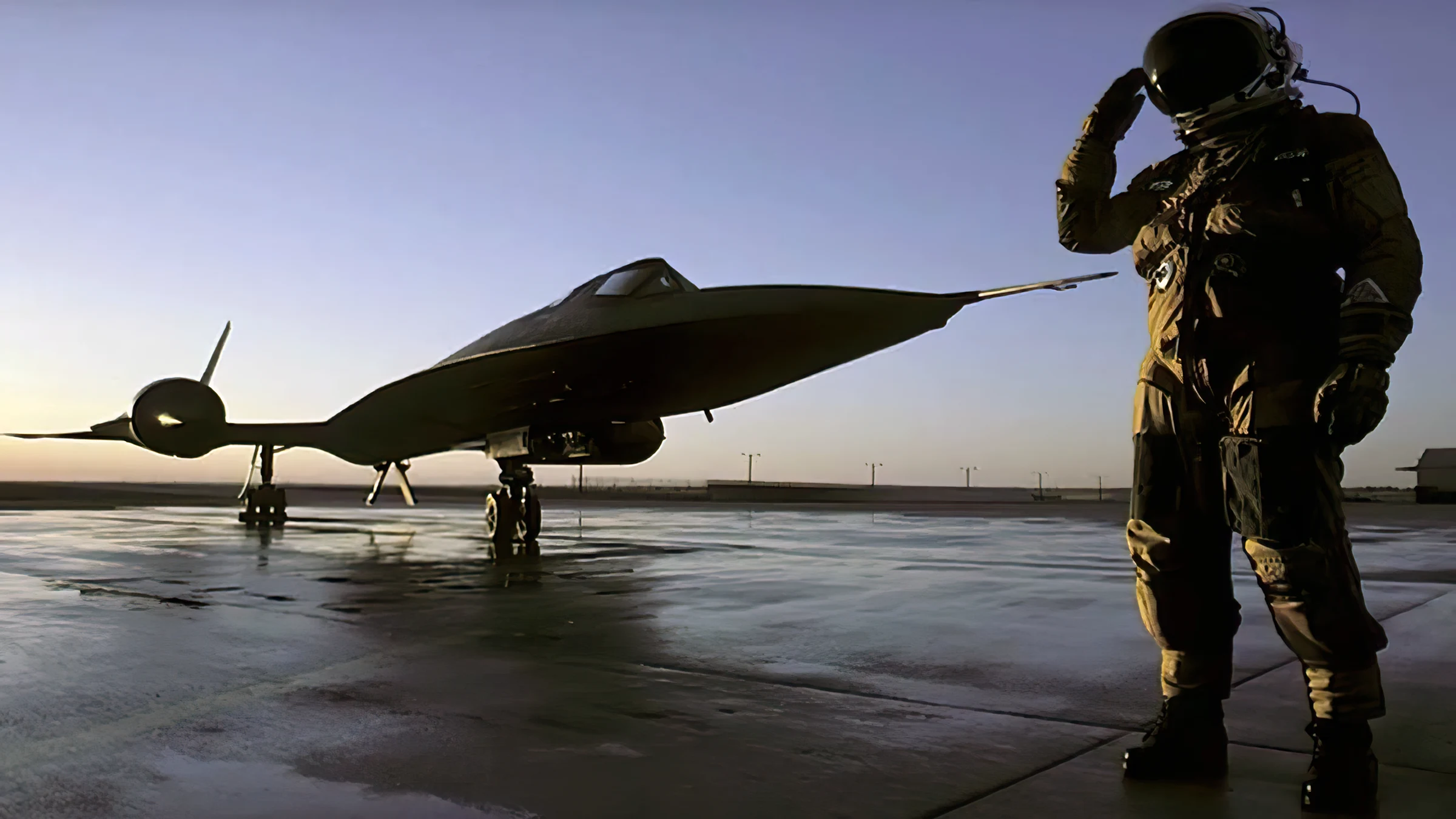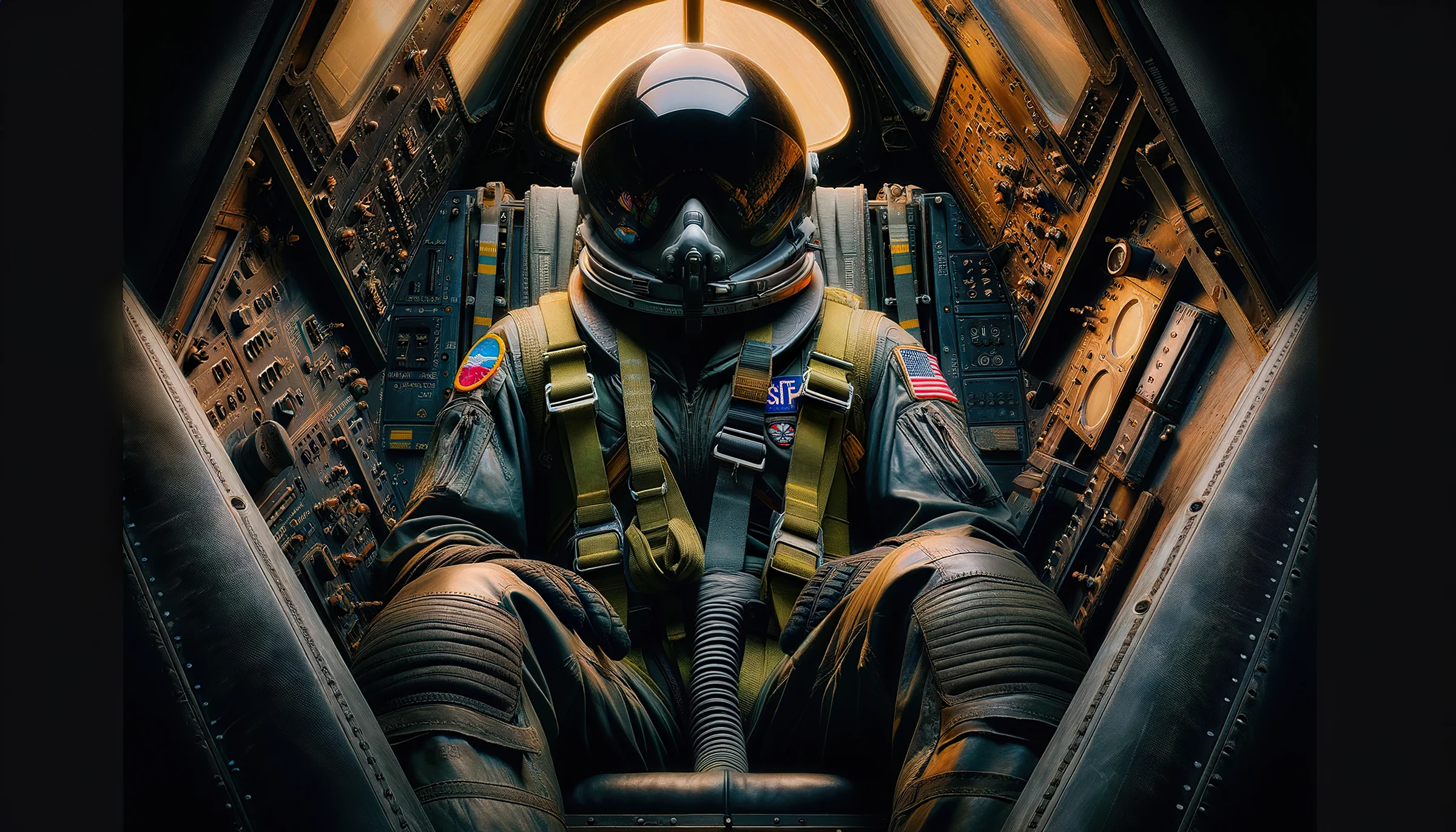The S1030 full pressure suit is essential in the operation of the SR-71 “Blackbird”, an advanced reconnaissance aircraft that overcomes altitude and speed limitations.
SR-71 “Blackbird”: an aviation giant and its technical challenges
He Lockheed SR-71 “Blackbird”, a strategic reconnaissance aircraft, is an icon of aeronautical engineering. Of the 32 built, 11 were lost, but their invincibility remained intact in the war. One of these giants is displayed in the center Steve F. Udvar-Hazi of Smithsonian InstitutionLocated in Chantilly, Virginia, This aircraft is a testament to advances not only in aerodynamics and surveillance technology, but also in the specialized clothing required for its operation.
legacy of SR-71 extends to International Spy Museum In Washington DC., where a key element for its operation comes to the fore: the S1030 Total Pressure Suit. Initially developed for Lockheed A-12 “Oxcart”predecessor of SR-71This suit was vital to pilots’ survival in the harsh conditions of high altitude. The need for such suits underscores the unique challenges pilots face SR-71Working in an environment where there is lack of oxygen and low temperatures can be fatal.


The design of the S1030 suit was a milestone in high-altitude pilot protection. This device, developed from the S901 model and based on the David Clark XMC-2-DC design from 1956, integrates advanced pressure control, oxygenation and thermoregulation technologies. Each suit initially cost more than US$30,000, consisting of a helmet, gloves, torso harness, and the main suit, which weighed approximately 35 pounds. Its modular design and multi-layer thermal protection as well as the inclusion of redundant breathing and pressure control systems made it a piece of advanced engineering essential for safe operation. SR-71,
S1030 Suit: A Masterpiece of Survival Engineering
The S1030 suit was distinctive for its highly specialized components. Made of fiberglass, the shape of the helmet was more oval than circular, designed to maximize visibility and protection. It features an airtight seal and a neoprene face seal, which is important for maintaining pressure. The helmet’s face shield, which is coated with a layer of gold, is an example of the application of exotic materials for specific functions, in this case heat conduction to prevent fogging and ensure clear vision during flight.


The suit also included a unique oxygen supply system that prevented direct contact with the pilot’s eyes, a detail reflecting the careful attention to operator safety and comfort. This feature was not only essential to the pilot’s performance, but is also testament to the integration of innovative solutions into high-tech demanding garments.
The development of the S1030 and its evolution into the S1034 Pilot Protective Assembly model in 1996 reflects the continued pursuit of improving the safety and performance of high altitude aircraft pilots. Adoption of this suit by platforms such as the ER-2 and WB-57F pot, highlights its relevance beyond the military field, to applications in atmospheric and space research. The development of these suits is a testament to the intersection between military and aerospace technology, an area where innovation and functionality are paramount.
Conclusion: technical apparel in high altitude aviation
Analysis of the S1030 suit reveals much more than just a component of the suit’s equipment. SR-71 Blackbird, It symbolizes the interrelationship between aeronautical technology and specialized clothing. The ability to fly at such altitudes where human life would be impossible without this protection highlights the importance of technical clothing in modern aviation.


The contribution of companies such as the David Clark Company to the development of these suits is an important aspect in the history of military and space aviation. His innovation has not only saved the lives of pilots, but also enabled the expansion of the boundaries of aerial and space exploration. The S1030 suit and its successors are symbolic examples of how technical clothing can be as important as the aircraft in critical missions.
He SR-71 “Blackbird” And its S1030 Total Pressure Suit represents an essential chapter in aviation history. Not only for technical achievements, but also for his contribution to the development of safety systems for operation in extreme conditions. These advances have not only been important in the military field, but have laid the foundation for future innovations in civil and space aviation.
(tagstotranslate)SR-71
Source link
 Play Crazy Game Trusted Gaming News Portal
Play Crazy Game Trusted Gaming News Portal
:quality(75)/cloudfront-us-east-1.images.arcpublishing.com/elcomercio/J44ABCPIXRA6TAE3MH45PRTLJ4.jpg)
:quality(70)/static.themebuilder.aws.arc.pub/elimparcial-sandbox/1706745207765.png)

:quality(85)/cloudfront-us-east-1.images.arcpublishing.com/infobae/F4CY45ZTUZCBBL5UE53K6F4NEI.jpg)